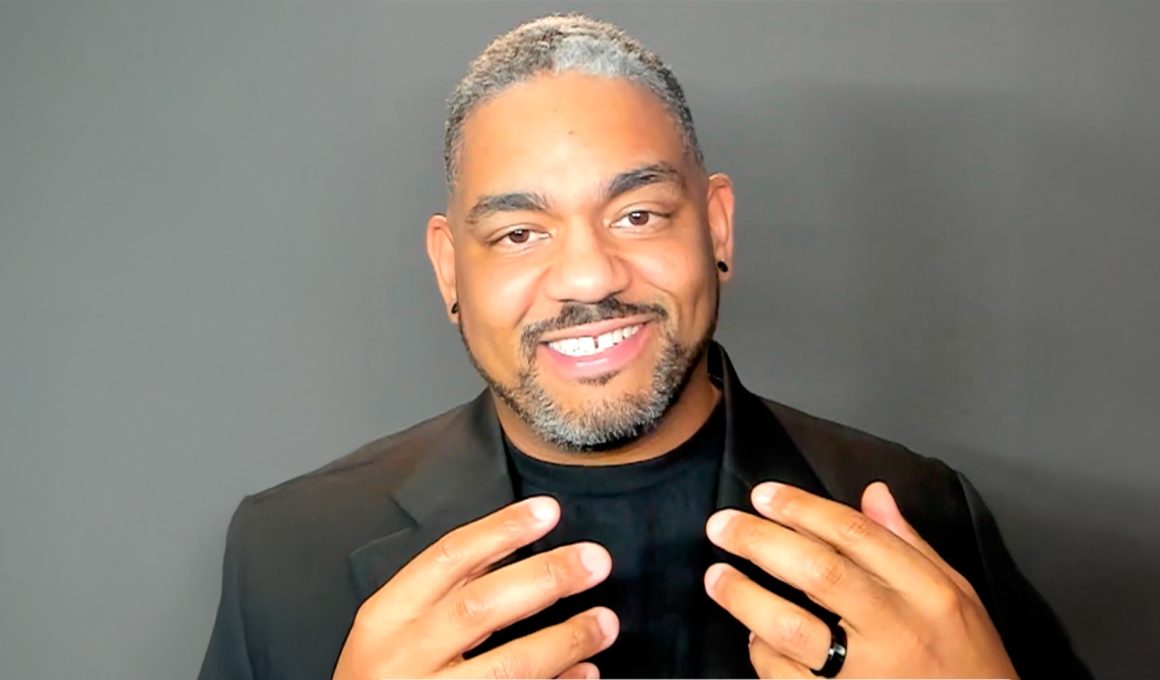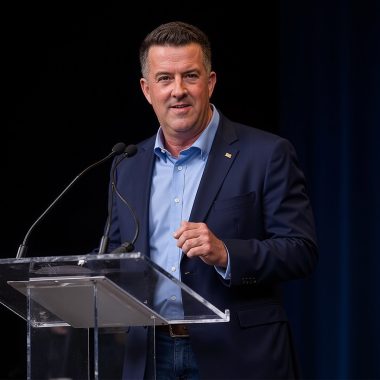Most companies struggle with technology transformations that eat budgets without delivering real results. Paul Curtis has spent 28 years watching this pattern repeat itself across enterprises and early stage companies. His background spans everything from developer roles to C-suite positions, giving him a front-row seat to what actually works when connecting tech investments to business goals.
Shaping Strategy Through Dual Experiences
Curtis’s career path isn’t typical for most tech executives. “My career has been divided into two categories. One is working in large enterprises with industry-vertical specialization, engineering expertise, and a pre-sales consulting focus. And the other part of that has been in high tech startups,” he explains. The contrast between these environments shaped how he thinks about technology strategy. Working in early stage companies, Curtis recounts his experiences as “lots of ambiguity, lots of pressure to deliver profitable outcomes, and an exacting requirement to decipher, predict, and rapidly respond to, changing market conditions; you really don’t know what’s going to happen one moment to the next, yet you’re accountable for all of it.” These high stakes, boiler room environments taught him skills that the “safety” of large enterprise consulting couldn’t. Curtis had to learn to wear “multiple hats,” not just technical execution but “crucial soft skills, partnership and relationship development abilities, and people nourishing practices.”
This matters more than people realize. “There’s a reason why the adage of traditional consulting methodology exists – ‘People, Process and Technology.’ Technology is only one of the three, and the other two are very much people-centric,” he points out. You can’t manage technology transformations if you can’t well manage people, relationships, and how those people and relationships impact the business.
Building Teams With Depth and Empathy
When building what he calls “unicorn teams,” Curtis has specific criteria. He wants “broadly-skilled generalists who have deep specialty in a few concentrations” because they can “understand the perspectives of their fellow team members and specialists without having to become newly immersed in whatever the subject matter is.” But technical skills aren’t enough. Curtis actively seeks people who have experienced failure. “I’m not looking for invincible superstars. I’m seeking people that have been through it and have come out the other side. I’m looking for people that have bruises and scars yet, despite this, maintain a humble, positive sincerity; these are the signs of experiential wisdom and resilience,” he says. These team members bring something invaluable: they can “identify future failure modes – brilliant variants of scenarios extrapolated from the challenge you just went through. You can always ‘back into success’ but it can be exceptionally hard to precisely predict failure conditions.” His top requirement? Empathy. “The number one soft skill is empathy, period. I desperately need you to be able to put yourself in the shoes, in the perspective of another human being,” he states. Curtis believes that a key aspect of building a vibrant team culture is cultivating a psychologically safe environment. Establishing trust and respect are a must, and a level of autonomy is absolutely required for high-performing teams to thrive.
He adds “A good leader’s imperative is to encourage their teams to thoughtfully and intelligently challenge each other; silence, unquestioning compliance and timidity are not why I hired you. I want your creativity, your insights and your relentless brilliance to shine.”
Curtis sees the same mistake over and over. “Organizations often fail to CLEARLY define the outcomes they want to achieve at the outset of the journey,” he explains. Companies jump into technology transformations without knowing where they’re actually trying to go. He uses a simple travel analogy: “You need to be directionally correct. You might not know which road to take, where to turn left, where to turn right, or where the nearest gas station is. But you do need to know, am I going north or am I going south?” Organizations that don’t get this right face a cascade of problems. Executive stakeholders start questioning the investment when they don’t see progress. “If you aren’t managing that from a communication standpoint, if you aren’t managing that from an expectation standpoint, if you aren’t prioritizing the fact that you have to show progress,” then funding, organizational and political support disappears.
Following a Clear Three-Step Approach
Curtis espouses a Three-Step Framework to overcome these issues:
Define Your North Star Before You Start
He emphasizes that organizations must “clearly define your desired outcomes, your realistic business outcomes, and the importance of both achieving those outcomes and the consequences of not achieving those outcomes.” Without this foundation, technology projects drift without direction. Create specific, measurable goals that connect directly to business value. If at all possible, know what success looks like before you spend the first dollar. This north star becomes your decision-making filter throughout the transformation process.
Assess Your Organization’s Change Tolerance
Understanding “how much tolerance for change your organization actually has” determines everything from project timeline to stakeholder management approach. Some companies can handle rapid transformation, others need gradual implementation with extensive communication. Curtis notes this directly impacts “your technology adoption rate” and “how much you spend and how quickly you spend.” Honest assessment prevents unrealistic expectations and helps you design an approach your organization can actually execute successfully.
Avoid FOMO-Driven Technology Decisions
Curtis warns against transformation projects driven by competitive pressure rather than genuine business need. “Don’t undertake technology transformation because XYZ Corporation down the street is doing it,” he advises. Just because AI, cloud, or other emerging technologies work elsewhere doesn’t mean they solve your specific challenges. “Just because you’re aware of a good strategy doesn’t mean the strategy is good for you.” Focus on your unique business requirements rather than chasing industry trends.
He sees AI fundamentally changing how organizations approach these decisions. “AI is accelerating an organization’s ability to do things faster,” he notes. But speed cuts both ways. Drawing parallels to cloud adoption, Curtis warns that “the improper or uninformed use of AI can also help organizations do bad things faster and on a much wider scale.” Organizations need to ensure their strategies remain data-driven to harness AI’s benefits while avoiding its potential downsides. The stakes keep getting higher as more data becomes available for AI training and inference, customer expectations continue to rise, and the consequences of unmitigated failures become more pronounced and devastating. Companies that don’t leverage this crucial information and effectively manage their risk “probably won’t be in business for much longer, or will simply be a shadow of their former self,” Curtis predicts.
Connect with Paul Curtis on LinkedIn to explore more about technology strategy and leadership.








